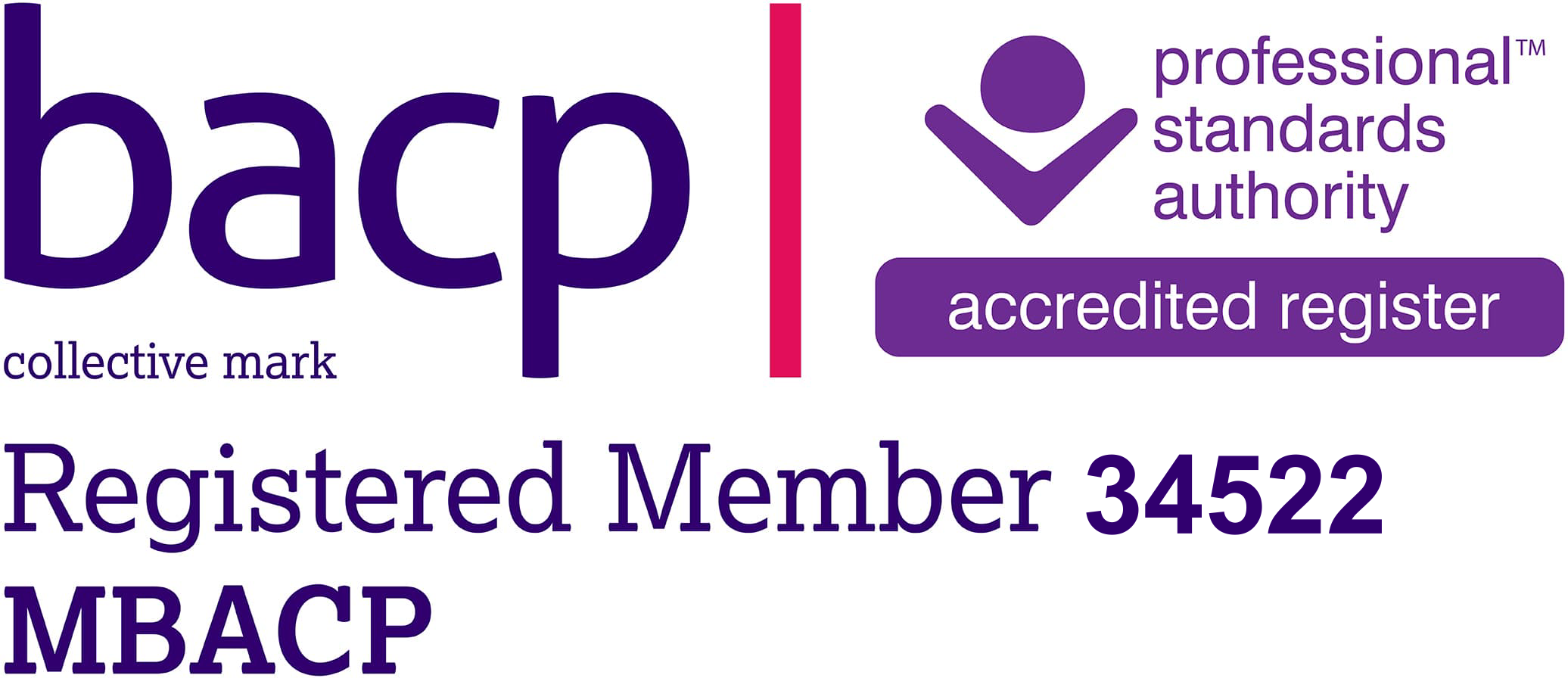Managing Panic Attacks
What are Panic Attacks
A panic attack is an experience of sudden and intense anxiety that can occur as a result of a specific trigger or sometimes occur out of the blue and with no apparent trigger. Panic attacks can have physical symptoms, including muscle tension, headaches, nausea, shaking, feeling confused or disorientated, rapid heartbeats, dry mouth, sweating, dizziness and chest pain.
The symptoms of a panic attack normally peak within 10 minutes. Most episodes (attacks) will last for between five minutes and half an hour.
During a panic attack you experience a whole range of frightening symptoms, and worrying thoughts may go through your mind. You may think something bad is going to happen, that you are going to have heart attack or faint or that you are going to lose control. The symptoms you experience can feel very real and can mimic many symptoms of physical disorders eg. tightness and pains in the chest can mimic cardiac issues, constant feelings of nausea, stomach cramps or a need to run to the toilet can mimic gastrointestinal problems.
Its always best to have any physical symptoms checked out by your GP but once you have been given the all clear for any physical disorders, you need to tell yourself that you are not in danger and the symptoms you’re experiencing are caused by anxiety.
When you experience a a panic attack its best not to look for distractions. Ride out the attack. Try to keep doing things and if possible, don’t leave the situation until the anxiety has subsided.
Confront your fears is difficult and distressing in the short term but if you don’t run away from it, you’re giving yourself a chance to discover that nothing’s going to happen. As the anxiety begins to pass, start to focus on your surroundings and continue to do what you were doing before.
How to manage panic attacks
If you have panic disorder, you may frequently feel stressed and anxious and worry about when your next panic attack may be. Learning to relax, which isn’t as easy as it sounds, can help to relieve some of this stress and tension, and may also help you to deal more effectively with your panic attacks when they occur.
CBT aims to identify and change the negative thought patterns and misinterpretations that are feeding your panic attacks and can be extremely effective. Find a CBT therapist with experience in treating panic disorder. In the meantime follow some of the steps below:
Understand Your Body
A panic attack is often a reaction to fear (either conscious or unconscious), and some of the strange physical reactions you experience during one are the result of your body reacting to this fear. Common catalysts of panic attacks include:
Anticipatory anxiety. You become mentally anxious over a past, traumatic event, and your body responds as if it will happen again right away. Catalysts can include photographs, conversations, or anything that triggers the bad memory.
Your mind remains stuck on fearful thoughts. Instead of reacting to either solve the problem or remove yourself from the situation (which you’d likely do in a real emergency), you get stuck on the perceived threat and remain unable to let go of the fear.
Your breathing becomes more rapid. Inhaled oxygen reacts with your cells to produce carbon dioxide, which is then exhaled. During a panic attack, breathing rates increase so your body can absorb oxygen more quickly in preparation for any necessary action. During rapid, heavy breathing (also called hyperventilation), your lungs exhale more carbon dioxide than your cells produce, causing the level of carbon dioxide in your blood and brain to fall. The results (which may include dizziness and heart palpitations) can cause some people to panic further, thereby increasing breathing even more.
Relax Your Breathing and Muscles
If you feel an attack coming on, simple breathing and relaxation techniques can help you feel more in control. But don’t wait until you’re having a panic attack to perfect the techniques. Practicing them twice a day for just 10 minutes at a time may make your panic attacks less frequent and easier to conquer.
Take in a slow, deep breath through your nose while counting to five. The hand on the chest should stay still, while the one over your diaphragm should raise with your breath. This is how you know the breath is deep enough.
When you reach the count of five, let the breath out slowly (through your nose) at the same rate. Concentrating on your hands and the counting will help focus you and calm you down. Continue these breaths until you feel relaxed.
Relax your muscles. Find a comfortable position to sit in (or lie down).
Close your eyes and begin to focus solely on your toes. Curl them under tightly for a count of five, squeezing the muscles together as hard as you can, then relax.
Next, concentrate on your feet. Contract all of their muscles tightly for a count of five, then relax.
Continue up your body, isolating each muscle group (calves, thighs, buttocks, stomach, chest, shoulders, neck, fingers, hands, and arms) all the way up to your face.
By the time you contract and relax your face muscles, you should feel much more calm.
Confront Your Fear
The more you understand your fear, the better you’ll be able to control it. Try writing in a journal before, during, and after a panic attack; record your thoughts, ailments, and worries. When you’re feeling better, go back and reread the entry. This can prepare you for another attack (as you’ll know what to expect) and can help you look for patterns between attacks.



Write a Comment